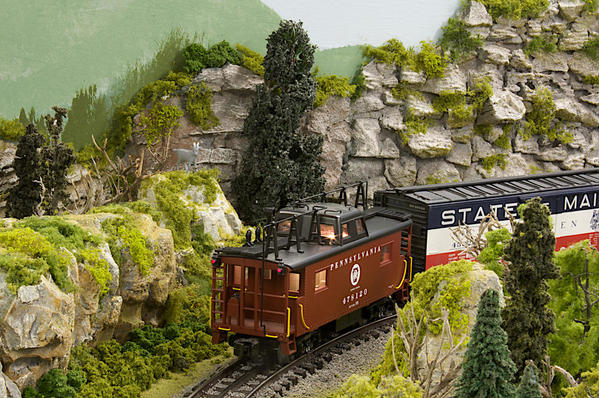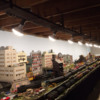In keeping with my previous comments and what Tommy said about the artistic side, what looks good to you is what counts.
If you prefer the warmer tones of the incandescent bulbs that a 1950s layout certainly would have had, 2700K is the way to go. Others prefer the whiter/bluer tones of 3000K and above that tend to reveal more detail in scenes. These will give your scenes a much different feel. It's all a matter of personal taste.
That's why lighting designers will usually suggest higher color temperature bulbs for kitchen work areas or other places where you need to see what you're doing, but, will use the warm tones for a more relaxed mood in bedrooms, etc.
Definitely experiment before you commit to a large lighting purchase.
Also, make sure that your workbench and paint booth are illuminated by the same bulbs as your layout. As Tommy also said, your models (and paint/weathering) will look different under the different type bulbs.
You definitely want to build, choose paints, and weather under the same lighting conditions as your models will be viewed on your layout.
Jim











